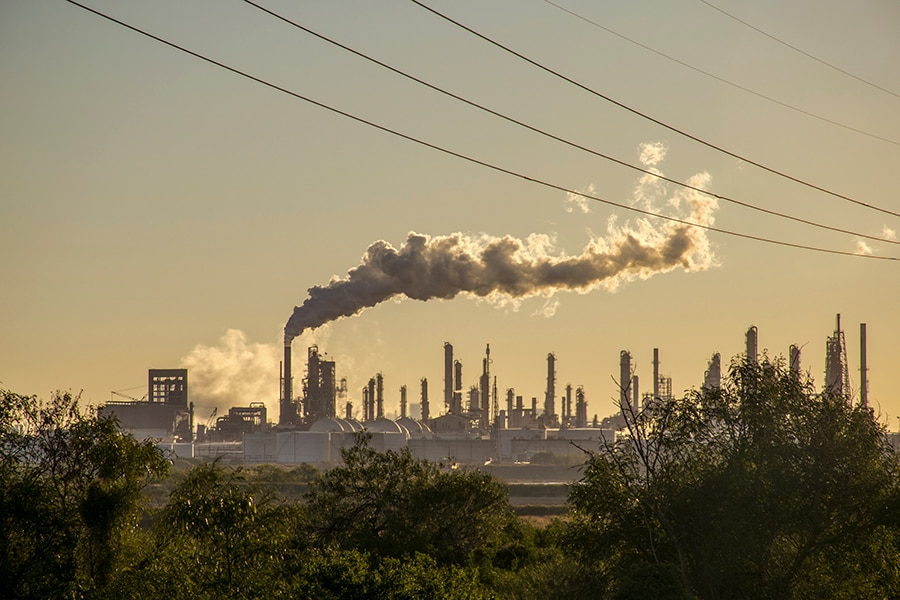
Climate change is a 'hammer hitting us on the head,' developing nations say
A new UN report suggests that atmospheric levels of carbon dioxide had not been this high in at least 2 million years, and the past decade is likely the hottest the planet has been in 125,000 years
 The United States, which historically has pumped more carbon dioxide into the atmosphere than any other country, in April pledged to roughly halve its greenhouse gas emissions by 2030
The United States, which historically has pumped more carbon dioxide into the atmosphere than any other country, in April pledged to roughly halve its greenhouse gas emissions by 2030
Image: Shutterstock
When some 200 scientists convened by the United Nations all but demanded on Monday that the nations immediately band together to cut emissions, they portrayed it as a brief window to avert the most catastrophic impacts of climate change.
But as their call ricocheted around the planet, it only underscored the challenge ahead: getting the world’s biggest polluters and its most vulnerable countries to cooperate against a grave global threat.
In unequivocal terms, the new U.N. report said that the world has been so slow to cut emissions, it was certain to miss one of its basic goals to limit warming. It said atmospheric levels of carbon dioxide had not been this high in at least 2 million years, and the past decade is likely the hottest the planet has been in 125,000 years. And in unusually direct terms, it said that human activity — burning oil, gas and coal — was squarely to blame.
The report prompted outrage among some of the world’s most vulnerable countries, whose leaders demanded that rich, industrialized powers immediately reduce their planet-warming pollution, compensate poor countries for the damages caused and help fund their preparations for a perilous future.
©2019 New York Times News Service







